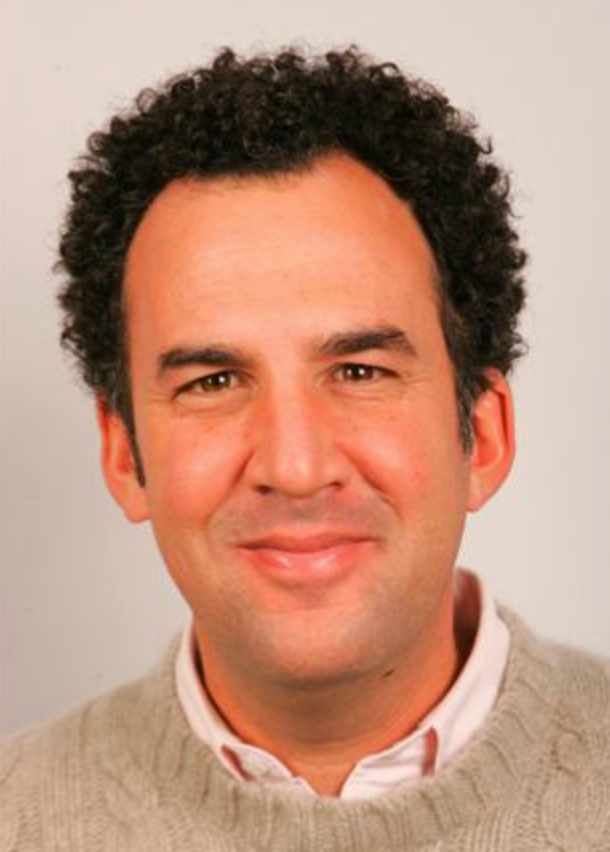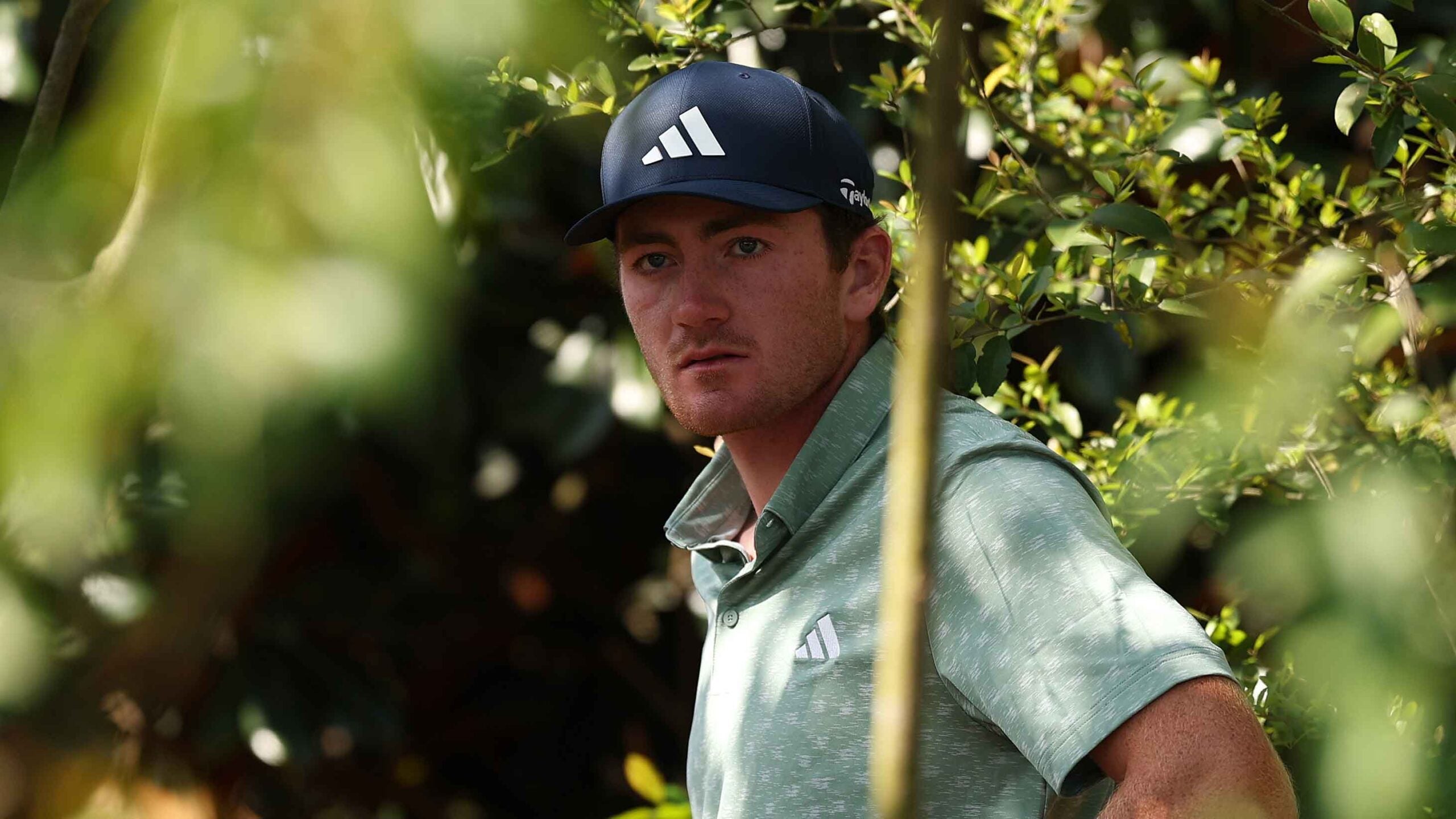Nick Dunlap in the second round of the Masters.
getty images
AUGUSTA, Ga. — To the lunch crowd on the second-floor porch of the Augusta National clubhouse Friday afternoon, the course, tournament and game might have looked genteel. Fifty yards away, on the first tee, the golfer Nick Dunlap knew the truth. His stomach was knotted, his mind was scrambled, his hands were damp with perspiration. Deep within the 21-year-old golfer, a war was underway, and he was losing it. But faced with a second-round option of fight-or-flight, he was choosing fight.
“Man, give him credit — he showed up,” a spectator on the first tee said. His buddy did some math. If he shot a course-record 62, could he make the cut? No, not a chance. But Nick Dunlap did show up. Back in the day, pre-Tiger, if you played the first round you always played the second. But the second-round WD has become commonplace over the past couple decades. On that basis, Nick Dunlap was getting credit just for being there.
For access to all of Michael Bamberger’s writing, join InsideGOLF today.
Dunlap’s Thursday score — 90, even 5s, 18 over par — told the public what he’s known for a while. Something’s wrong. He’s known for at least a month, if not much longer. But a score of 90 brings it into sharp relief. And now the man was calling him to the tee with Augusta’s oldest song: Fore please — now driving. Dunlap’s playing partners, Billy Horschel and Robert MacIntyre, the lefthanded Scotsman, did their driving with drivers. Dunlap hit 3-wood, taking the fore-right concession stands and a TV booth out of play.
Dunlap’s opening salvo on Thursday was a bullet headed for the left trees. The nightmare was continuing. He walked up the big hill on one 50 yards away from his playing partners.
And then, something amazing happened. He made a nifty up-and-down par on one and by the time he got to the 10th tee he was three under for the day, on a windy afternoon with firm, crusty greens. Some of the scoreboards listed scores for MacIntyre and Horschel but left a blank next to Dunlap’s name. Maybe the scoreboard operators thought they were doing him a favor. They used to do that for Billy Casper and Charlie Coody when they were struggling to break 90, but for a pro with a Tour card, that might be a first. Dunlap was playing one of the best rounds of the day. It wasn’t fairways-and-greens – not by any means. But it was nine holes in 33 shots. After a par on 10, his drive on 11 (with a driver) was close to the 14th green, about 70 yards offline. But he managed to make par there, too.
Right about then, Rory McIlroy was in the Press Building, telling reporters about his second-round 66, after he opened with a painful, overly eventful 72, even par with nothing even about it. He described a moment in his Thursday round where he (as European players have said forever) lost the lead, after chipping into the water from over the 15th green. He described some second-round self-talk where he said, “You idiot, what have you done?” No, this game is not genteel. There’s always a war going on, whether we see it or not, whether it shows up on the scorecard or not.
McIlroy was asked about Dunlap and the art of turning things around, shooting 90 on Thursday, going out in three under on Friday. He said, “It reminds me of a story at Memorial the other way. I shot 63 the first round at Memorial in 2014 and backed it up with a 79. And I came in to have lunch, and I saw Jack Nicklaus there. And he said, ‘How the hell did you shoot 16 shots more today than yesterday?’ It’s championship golf; it can be volatile. The conditions can be tough. The momentum can start to go the wrong way on you.
He shot 90 at the Masters. Here’s what that looked like up close
By:
Alan Bastable
“But we’re all great players. We’re playing in the Masters. We’re all capable of shooting good scores.”
Yep.
Dunlap had a small gallery walking with him, including his mother and a friend. When he won the American Express tournament in February 2024, as a 20-year-old Alabama sophomore, his parents, girlfriend, agent, swing coaches and college coaches were there. Much has changed since then. “He fights,” Dunlap’s mother said as she walked up the big hill on 18. “He does not quit.”
Three under turned to four under with a birdie on 15 but Dunlap closed with three straight bogeys. When you’re playing badly, when you’re getting through a round on smoke and mirrors, you can’t get to the house quickly enough. He signed for 71, a 19-stroke improvement. Dunlap wasn’t fooling himself. If anything should tell you he has a chance to reclaim his old game, it’s that. To play this private-war game at its highest levels, you have to be ruthlessly honest with yourself.
Asked to compare how he felt about himself and his golf game, the first day versus the second day, Dunlap said, “About the same.” It’s a stunning admission, really.
A year and two months into his wildly successful and uneven professional career, Dunlap offered this assessment of the experience:
“It’s extremely rewarding and extremely humbling and frustrating at the same time. I think professional golf can be a very lonely place — especially when you’re playing poorly.”
Thursday night, Dunlap hit dozens of balls — bought on an emergency basis at an Augusta Target, in every brand and color the store had — in the backyard of his rental house. It wasn’t practice. It was escape. A golfer escaping his own golf. Right now, Nick Dunlap is looking for new ammo, a swing he can call his own.
“It’s like I’m trying to bench press more than what you can, and then put more weight on that,” he said. “I’m trying to do something that I don’t think is going to work in the first place, so it’s very hard to step up there and see something good happening.”
You almost never hear a golfer, deep in the battle, talk so openly about the struggle.
As they came off the 18th green, Horschel put his right hand on Dunlap’s back as they walked to the scorer’s room and told him he was proud of Dunlap for gutting out that second round. Dunlap looked worn out and shell-shocked as he made his way in.
“I’m never going to quit,” he said.
He’s playing next week at Hilton Head.
Michael Bamberger welcomes your comments at Michael.Bamberger@Golf.com

Michael Bamberger
Golf.com Contributor
Michael Bamberger writes for GOLF Magazine and GOLF.com. Before that, he spent nearly 23 years as senior writer for Sports Illustrated. After college, he worked as a newspaper reporter, first for the (Martha’s) Vineyard Gazette, later for The Philadelphia Inquirer. He has written a variety of books about golf and other subjects, the most recent of which is The Second Life of Tiger Woods. His magazine work has been featured in multiple editions of The Best American Sports Writing. He holds a U.S. patent on The E-Club, a utility golf club. In 2016, he was given the Donald Ross Award by the American Society of Golf Course Architects, the organization’s highest honor.


